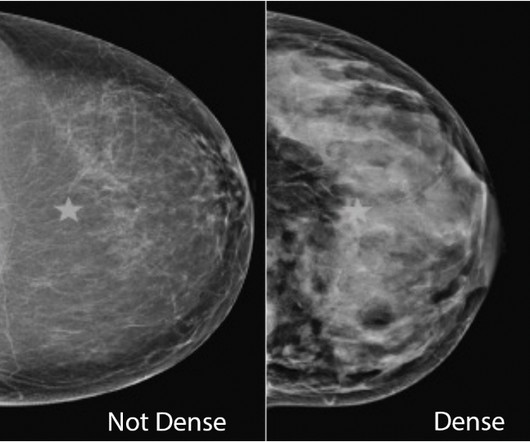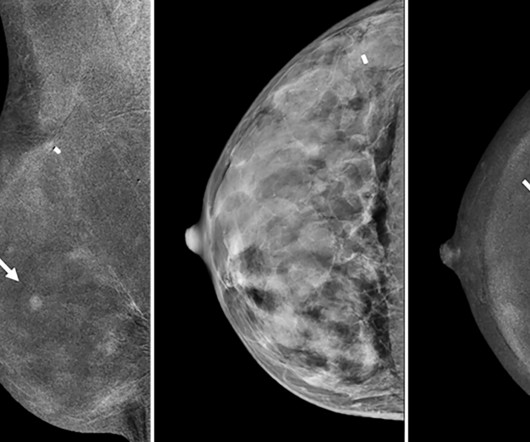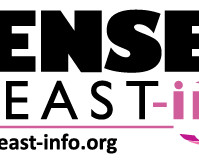Combining AI Models Improves Breast Cancer Risk Assessment
Imaging Technology
AUGUST 29, 2023
“In recent years, AI has been studied for the purpose of diagnosing breast cancer earlier by automatically detecting breast cancers in mammograms and measuring the risk of future breast cancer.” Diagnostic AI models are trained to detect suspicious lesions on mammograms and are well suited to estimate short-term breast cancer risk.











Let's personalize your content